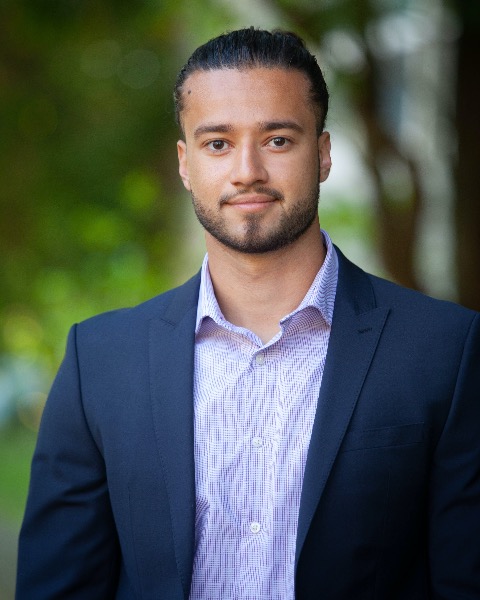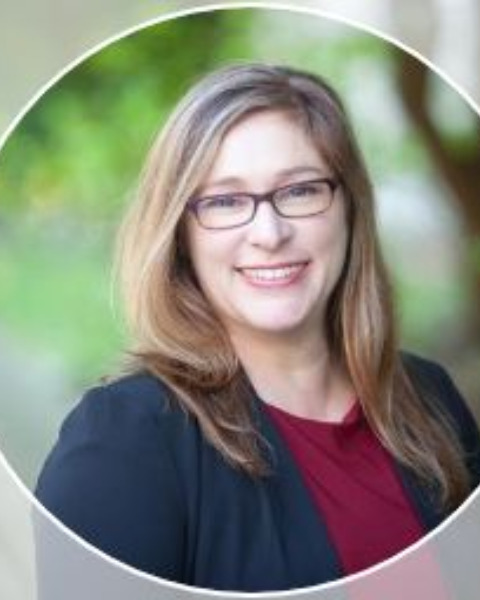Academic Education (AE)
PP206 - Face and Content Validity of the Audiometry Clinical Assistant for Research and Learning

Mohamed Rahme, BA (he/him/his)
Research Assistant
National Centre for Audiology
Western University
london, Ontario, CanadaFinancial Disclosures: I do not have any relevant financial relationships with anything to disclose.
Non-Financial Disclosures: I do not have any relevant non-financial relationships with anything to disclose.
Paula Folkeard, AuD (she/her/hers)
Research Manager and Audiologist
Western University - National Centre for Audiology
Western University - National Centre for Audiology
London, Ontario, CanadaDisclosure(s): AHead: Research Grant (includes principal investigator, collaborator or consultant and pending grants as well as grants already received) (Ongoing)

Susan Scollie, PhD (she/her/hers)
Professor
University of Western Ontario
University of Western Ontario
London, Ontario, CanadaFinancial Disclosures: I do not have any relevant financial relationships with anything to disclose.
Non-Financial Disclosures: I do not have any relevant non-financial relationships with anything to disclose.
Lead Presenter(s)
Presenter(s)
Contributor(s)
Simulations in pure-tone audiometry are implemented academically to develop clinical skills and can be applied in many forms including software based, virtual reality and most recently manikin-based formats. This poster presents one such clinical education technique that was applied on a manikin-based simulator.
Summary:
Rationale/purpose: The standardized measure that determines the presence of hearing loss is pure-tone audiometry (ANSI S3.6-2010). Accurately measuring the audiometric detection thresholds for the purposes of both hearing assessment and for hearing loss management is an important component of hearing healthcare service delivery. Obtaining valid and reliable audiometric thresholds is a core competency for trainees who will work as hearing healthcare professionals, and one that requires not only instruction, but also practice. One way to provide practice in audiometry is through simulation which can provide supplementary training over and above clinical practicum training with patients in the clinical environment (Bakhos et al., 2020 & Calandruccio & Weidman, 2022). Therefore, the purpose of the study was to investigate the accuracy and validity of the thresholds measured with this manikin-based audiometry training simulator. We hypothesized that the manikin-based simulator is a useful and audiometrically accurate tool in simulating hands-on experience performing pure-tone audiometric assessments.
Methods: Participants measured pure-tone audiometric detection “thresholds” of the manikin-based simulator, across two of 11 randomly allocated hearing losses that varied in severity (mild to profound) and configuration (cookie-bite, flat, rising, sloping, and tent shaped). Testing used a calibrated GSI AudioStar ProTM with ER3A insert phones. The stability of the sound level detected by the installed microphones in simulator was monitored weekly and post-participant throughout this project. Participants then filled out a short survey about the feasibility and clinical utility of the audiometry simulator.
Results &
Conclusions: A total of 38 participants (age range 21-63) completed the study. All participants had formal training in pure-tone audiometric assessments. Participants were audiology students, registered audiologists, hearing instrument dispensers and specialists, and undergraduate students with training in basic audiometry. Analyses indicated that programmed and measured audiograms had good absolute reliability and agreed to within a 5 dB step size across users and audiograms. Results from the survey indicated that the audiometry simulator was a high-quality simulator that provided access to learning as a means to develop competency in air-conduction testing. The application of simulations in the healthcare industry is discussed.
Expected impact on clinical practice: Simulations in healthcare training improves confidence, competency and patient safety. Validating this manikin-based audiometry simulator may facilitate clinical training in audiological threshold search procedures amongst future hearing health practitioners.
Learning Objectives:
- Attendees will be able to evaluate the performance of a manikin-based audiometry simulator across different hearing loss severities (mild to profound) and configurations (cookie-bite, flat, rising, sloping, and tent shaped).
